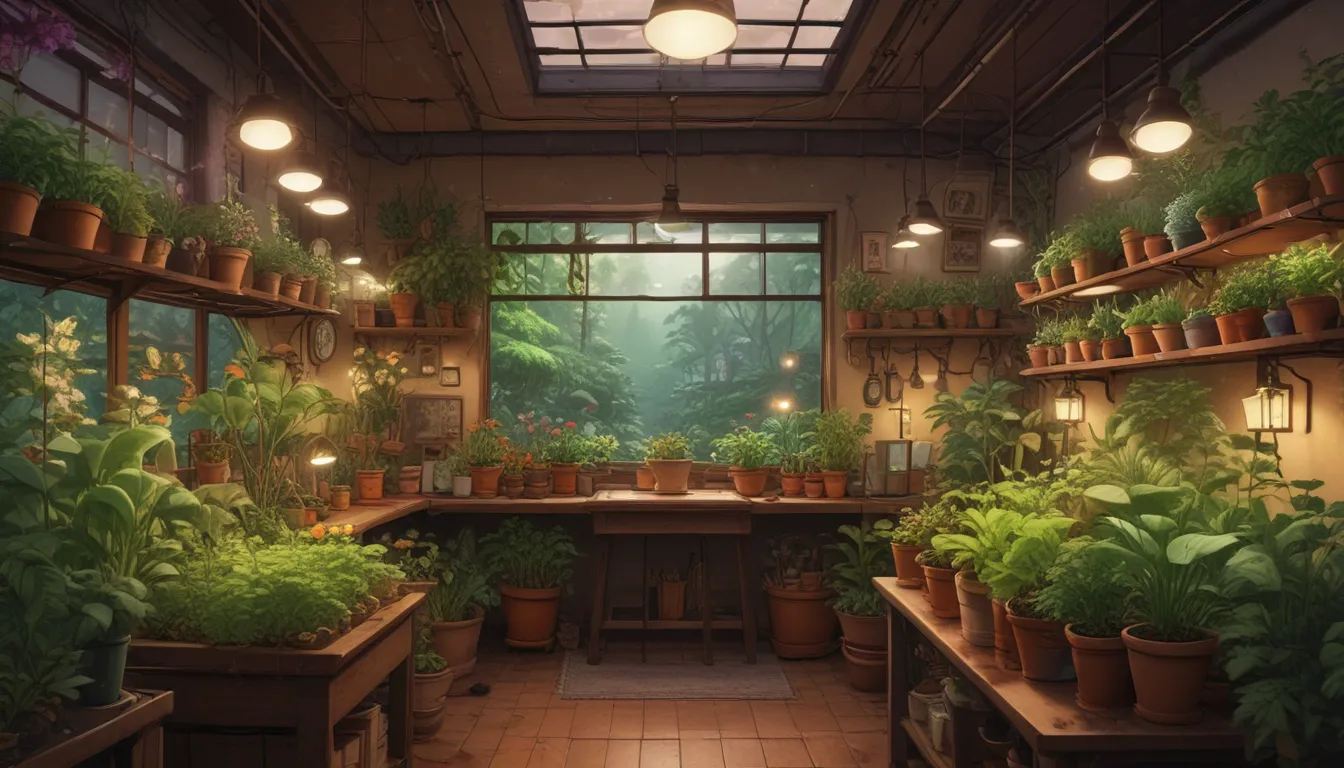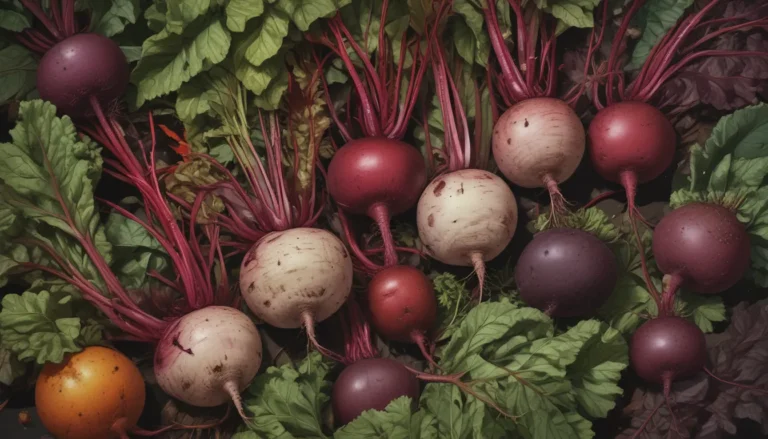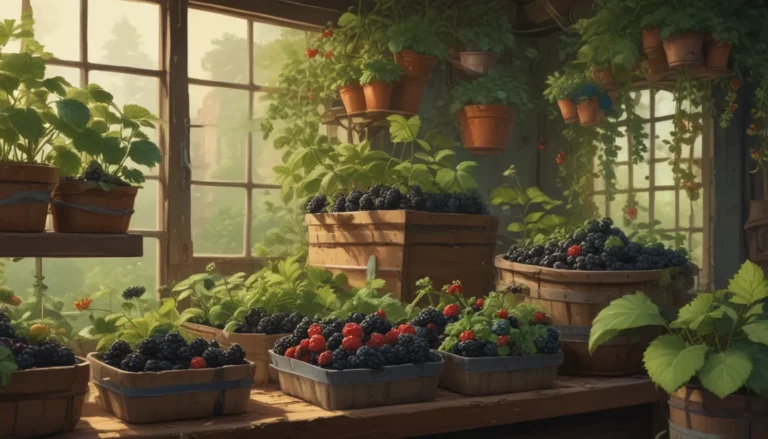A Comprehensive Guide to Choosing the Best Grow Lights for Your Indoor Garden

Are you looking to bring a little sunshine indoors? Maybe it’s time to start your flower and vegetable seedlings. Perhaps your houseplants are drooping during the short days of winter, or sulking in a new home. Maybe you simply want to enjoy the taste of your own fresh herbs year-round.
Whatever your need, grow lights can instantly provide hours of mock sunshine that your plants need for vigorous, healthy development. They can provide any color spectrum required for every stage of growth and are easy to set up. The lamps run cool to the touch, are low wattage, energy efficient, and have long lives. This also makes them economical. And by starting your own seedlings, you’ll quickly recover the cost with fewer trips to your local nursery.
But they do come in a huge array of shapes, sizes, and configurations.
To simplify matters, we looked for units from reliable brands that are well-designed, easy to set up and use, and provide effective coverage – and collected a few recommendations from our own writers, of course!
Here’s our take on 13 of the best grow lights for indoor plants and seedlings.
13 of the Best Grow Lights for Your Indoor Garden
Freestanding
1. Glow ‘n’ Grow Garden Cart
- Freestanding with casters
- Light deck adjustable to 20 inches above the tray
- Four LED tubes included
- 49 x 23 x 28.5 inches
- Accommodates four standard-size seed trays
Pros:
- Casters for easy maneuverability
- 20-inch maximum lamp height accommodates seedlings and herbs
Cons:
- Can’t expand if you want more growing area
- Seed trays are not included
A good choice for those who want easy portability for seasonal use and storage. However, if you think you might want to expand your indoor garden, you might consider one of the modular options described below instead.
2. Burpee 2-Tier Garden Cart
- Freestanding, two-tier
- Light decks adjustable to 16 inches above the tray
- Two T12 Fluorescent tubes per lamp fixture
- 27 x 12 x 40 inches
- 22 x 11-inch watertight plant tray
Pros:
- Small footprint won’t take up much room
- Convenient electrical sockets for using heat mats
Cons:
- No casters, so it can be difficult to move around
- T12 fluorescent tubes are older technology and have lower output than T5 bulbs
Compact and efficient, this is a smart, space-saving choice – and a wonderful option if you like to use heat mats for seed germination.
3. Hydrofarm Jump Start Grow Stand
- Freestanding frame with suspended light
- Light adjustable to approximately 20 inches
- One high-output T5 fluorescent tube with reflective hood
- Two sizes: 26 x 18 x 24 inches and 50 x 18 x 31 inches
Pros:
- Small footprint
- Ideal for starting seeds or growing microgreens
Cons:
- Single fluorescent tube doesn’t provide maximum horizontal coverage
- When positioned at max height, light isn’t strong enough to reach lower leaves on mature plants
- No tray
This model provides effective lighting for growing indoor plants and starting seedlings, in a well-designed stand that doesn’t take up too much room. It’s ideal for those who are just getting started with indoor gardening.
Stackable Modular Units
4. Low Bamboo Stacking Garden
5. Stack-n-Grow Base Unit Garden Starter Kit
6. SunLite 3-Tier Garden
Countertop Models
7. SunBlaster Indoor Grow Garden
8. SunBlaster Mini Greenhouse Nanodome
9. AeroGarden Harvest Elite Hydroponic Grow System
Lights Only
10. Hydrofarm Designer Grow System
11. Feit Electric Adjustable Spectrum Lamp
Home Lamps
12. Agrobrite Floor Plant Lamp
13. Relassy Full Spectrum, Dual Head Gooseneck Plant Lamp
How to Choose the Best Grow Light for Your Indoor Garden
Grow lights provide a convenient, economical source of artificial sunshine, so your seedlings, indoor herb gardens, and houseplants can thrive throughout the year.
The lights and all-inclusive kits are easy to use, but there’s a huge variety of lamps to choose from.
From LED strips to fluorescent tubes, each has its own characteristics and strengths. And a basic understanding of their features can help you make a more effective decision when purchasing.
Let’s dig into the details a bit.
Why Grow Lights?
For plants to develop in a healthy manner, they need to capture and convert energy from the sun. This is the process of photosynthesis, and it provides plants with the fuel needed for vigorous development.
In the absence of adequate sunshine, plants can become leggy, stretch for the sun, and fail to thrive.
Grow lights provide an artificial source of luminous energy, providing the different frequencies in the color spectrum that plants need throughout all their phases of their development – from sprouting as seedlings to setting fruit.
The Electromagnetic Spectrum
The sun emits all the frequencies found within the electromagnetic spectrum, including those of visible light – violet, indigo, blue, green, yellow, orange, and red.
These are the frequencies plants need for normal development.
- Blue – Blue is the first color absorbed by plants and is essential at the beginning, or vegetative, stage.
- Purple – Purple also helps in the vegetative stage, although purple by itself does not provide effective energy for photosynthesis.
- Green – Green is primarily reflected, but small amounts are retained and contribute to energy conversion.
- Yellow – Yellow is the least effective for the purpose of photosynthesis.
- Red – Red is needed in the mature, flowering stage for blooms to form and is most effective when combined with blue. Red alone should not be used in the early, vegetative stages.
- White – White is the combination of all colors in the visible light spectrum and can be used effectively for all stages of a plant’s development.
So, for seedlings and leafy green vegetables, higher spectrum bulbs in the blue range are required.
But if you want plants to flower and set fruit, you’ll also need low-spectrum red colors.
Or, you can make things easy. Use a full spectrum, white bulb to satisfy all stages of cultivation.
Types of Bulbs
A variety of specialized electric bulbs have been developed for indoor growing. The most common ones are:
- Compact fluorescent lamps (CFL)
- Fluorescent tubes
- High-pressure sodium vapor (HPS)
- Light-emitting diodes (LED)
- Metal-halide (MH)
For the average home gardener looking to start a few trays of seeds, fluorescents and LEDs are the most popular and easily obtained.
Compact Fluorescent Lamps (CFL)
Compact CFLs make a good choice for small spaces and can be used in any regular incandescent bulb fixture.
But, due to their compact size, light distribution from a single CFL is limited and typically covers only a small space.
Fluorescent Tubes
Fluorescent tubes come in varying lengths and give much better coverage than CFLs, providing enough exposure for several standard seedling trays – depending on the length of the tubes.
They fit into a standard fluorescent fixture, but special full-spectrum tubes are required – regular household ones cannot be used effectively for growing plants.
High-Pressure Sodium Vapor
High-pressure sodium vapor lamps provide light in the yellow and red spectrum, and are typically used only in the flowering stage to encourage bloom set.
These are used by large-scale growers to replace metal halide bulbs, once plants are finished with the vegetative stage. Most home growers do not use these bulbs.
Light-Emitting Diode (LED)
LEDs come in small bulbs or strips and offer the best long-term economy. Compared to fluorescents, LEDs provide a much higher luminosity, use half the electricity, produce little heat, and last up to five times longer.
But the typical household LED bulb isn’t designed for use on plants. Choose a full spectrum, combo, or isolated spectrum bulb suited to your needs.
Metal Halide
Metal halide bulbs emit a cool, blue-green color and are most efficient for larger growing operations where they can be operated at full power.
Initial prices are similar to those of LEDs, but MHs have a much shorter lifespan and are not normally used in a home growing environment.
The Kelvin Scale
The Kelvin scale ranges from 1,000-10,000 and indicates a color’s temperature – the higher the Kelvin value, the closer a lamp’s color is to natural sunshine. Degrees of Kelvin are indicated by the capital letter K.
Ratings below 3500K typically have a warm value, showing an amber tint, while those with a higher rating get closer to a pure, or cool white color.
For leafy vegetative growth, a rating around 6500K is the ideal. But to generate flowers and fruit, plants require a period of exposure to warmer hues at approximately 3000K.
Lumens vs. Watts
It used to be that a bulb’s brightness was indicated by wattage. For example, a 100-watt bulb gave one and a half times the luminosity of a 40-watt bulb.
But due to the advent of energy-efficient bulbs, wattage is no longer a good indicator of brightness. Wattage simply shows the amount of power drawn to produce a lamp’s brightness – which is now commonly indicated by lumens instead.
For example, an energy-efficient LED of 1,600 lumens has the equivalent brightness of one 100-watt bulb – but it only consumes up to 22 watts of power. And a comparably bright CFL bulb will use around 26 watts.
Basically, the higher the lumen value, the brighter the light will be. For seedlings, approximately 2,000 lumens per square foot is adequate. Flowering crops can require as much as 10,000 lumens per square foot.
Consider a Kit or Light Stand
If you’re buying light bulbs rather than a manufactured kit or stand, be prepared to do a little creative rigging.
Lamps need to be adjustable in height to accommodate plants as they develop. In general, two to five inches between the lamps and the top of leafy growth is recommended.
Some bulbs will come with a built-in deflector to direct energy onto the plants, but others won’t – you may need to purchase a fixture to direct rays where they need to go.
A much easier solution is to invest in a kit or light stand.
Kits and stands typically have easily adjustable lamp fixtures to accommodate plants’ growth, and often include helpful accessories as well.
Accessories
A few well-chosen accessories such as these can help ensure the success of your indoor garden:
- Capillary mat – a capillary mat provides steady, gentle bottom watering so seedlings are never disturbed by vigorous water flow.
- Reservoir base – to use a capillary mat, a water reservoir is needed. Typically, water is added to the kit base and the mat sits on a shelf with the ends dipped into the water. The water is then absorbed into the mat and wicks moisture into the bottom of the trays.
- Timer – a timer is convenient for giving plants optimal light exposure without having to manually turn them on and off.
- Modular and stacking models – these provide the option of adding vertical tiers to increase capacity without requiring a larger footprint.
Tips for Growing Robust Seedlings
The following tips will help you get the best results from your indoor garden:
- If you’re new to starting seedlings indoors, begin with non-fussy plants that are easy to germinate and transplant.
Basil, coleus, cucumbers, kale, lettuce, marigolds, melons, nasturtiums, peppers, snapdragons, spinach, tomatoes, and zinnias are all good choices for the novice.
-
Use a high-quality, sterilized soil formulated for starting seeds. This is important, to prevent bacterial and fungal infections in tender sprouts.
-
Most seeds, even for cool weather crops like lettuce and spinach, require warm soil temperatures in order to germinate.
-
It’s also important to keep the lamps very close to the seedlings, within two to five inches. Raise the fixture as plants increase in size.
-
Air circulation needs to be monitored as well. If your setup generates temperatures over 80°F, heat stress becomes a concern for tender shoots. Use a small fan to gently move the air if needed.
-
Water the soil with a gentle touch. To ensure delicate seeds aren’t disturbed by a strong water flow, water the soil thoroughly before planting. Then keep the soil evenly moist with a spray bottle, or allow trays to soak up water from the bottom.
-
Once seedlings have developed true leaves, gently separate any crowded clumps with a small fork, then replace in the tray until you are ready to transplant.
Let There Be Light!
Indoor gardening gets a lot easier with grow lights, and they enable you to cultivate plants at any time of year, in any climate.
Start seedlings, nurture herbs and salad greens, or pamper your houseplants with lamps specifically designed to mimic natural sunlight – there’s a model available to suit just about any location or setting.
Easy to use and economical, you’ll love watching your plants flourish under their nurturing glow!
If you have any questions or a model you’d like to recommend, drop us a note in the comments below. And if you’re ready to start gardening, be sure to read our tips on how to start annuals indoors from seeds.
And for more information about indoor gardening, check out these guides next:
- Ginger Houseplant Care Tips: How to Grow Ginger Indoors
- How to Force Spring Blossoms When It’s Cold Outside
- Houseplant Primer: A Guide to Basic Care and Durable Plants
- Gardening at Home: 31 of the Best Kits to Get Started
Remember, with the right grow lights, your indoor garden can thrive throughout the year, providing you with beautiful blooms, fresh herbs, and robust vegetables regardless of the season. So invest in quality grow lights today and watch your indoor garden flourish!





